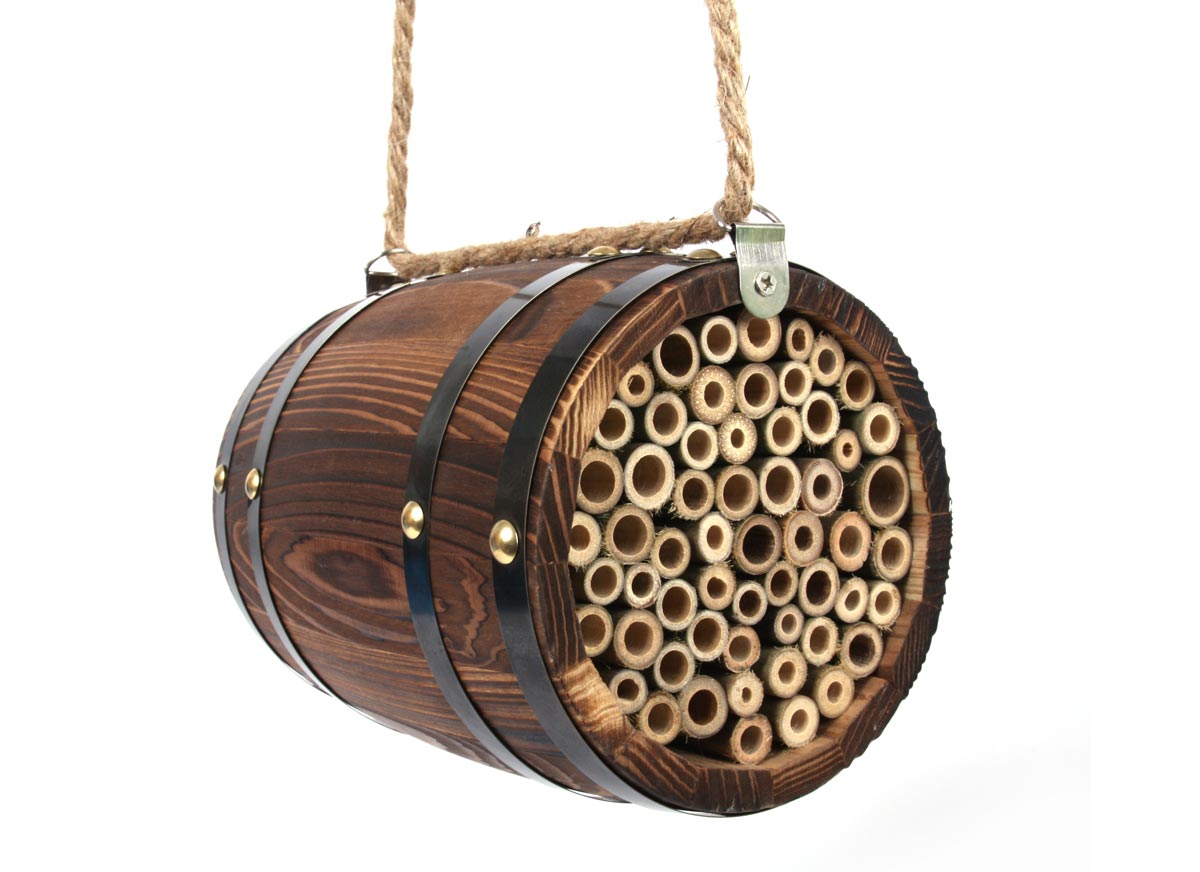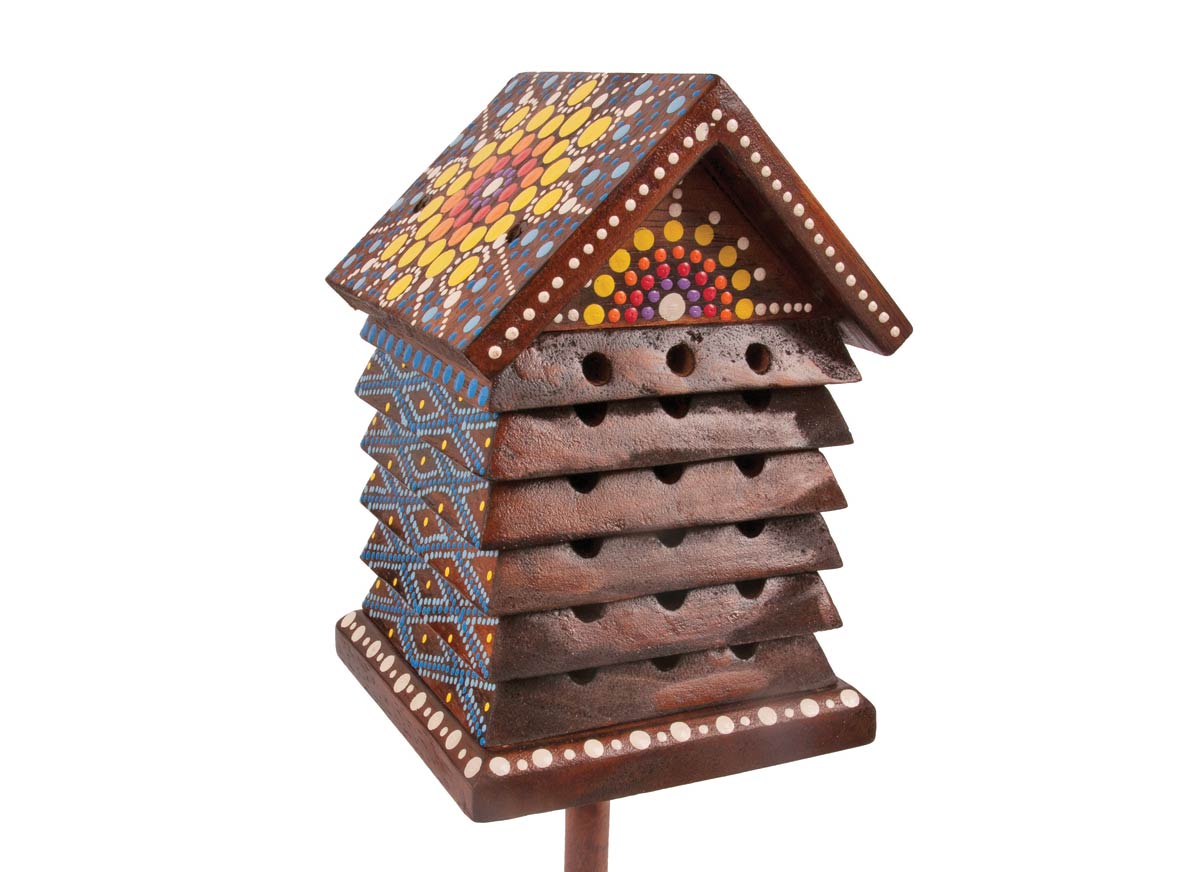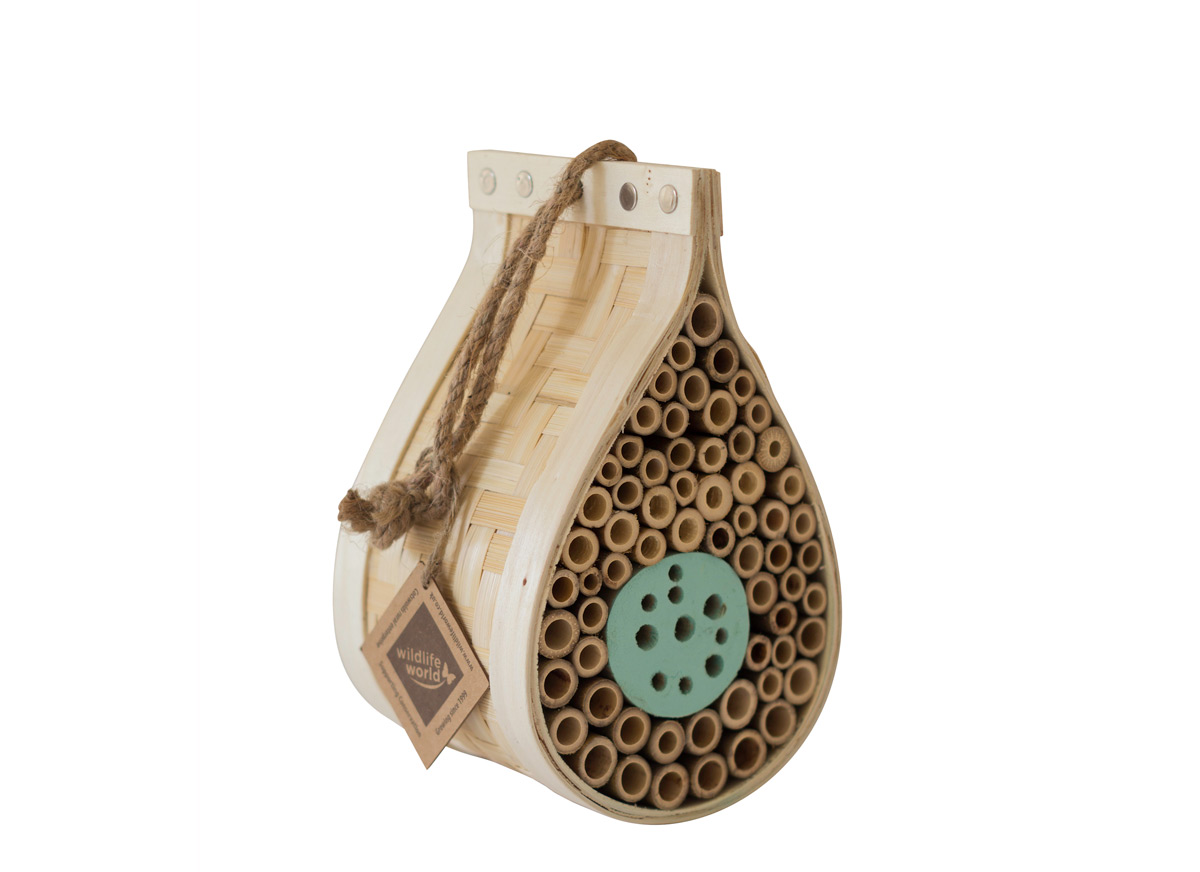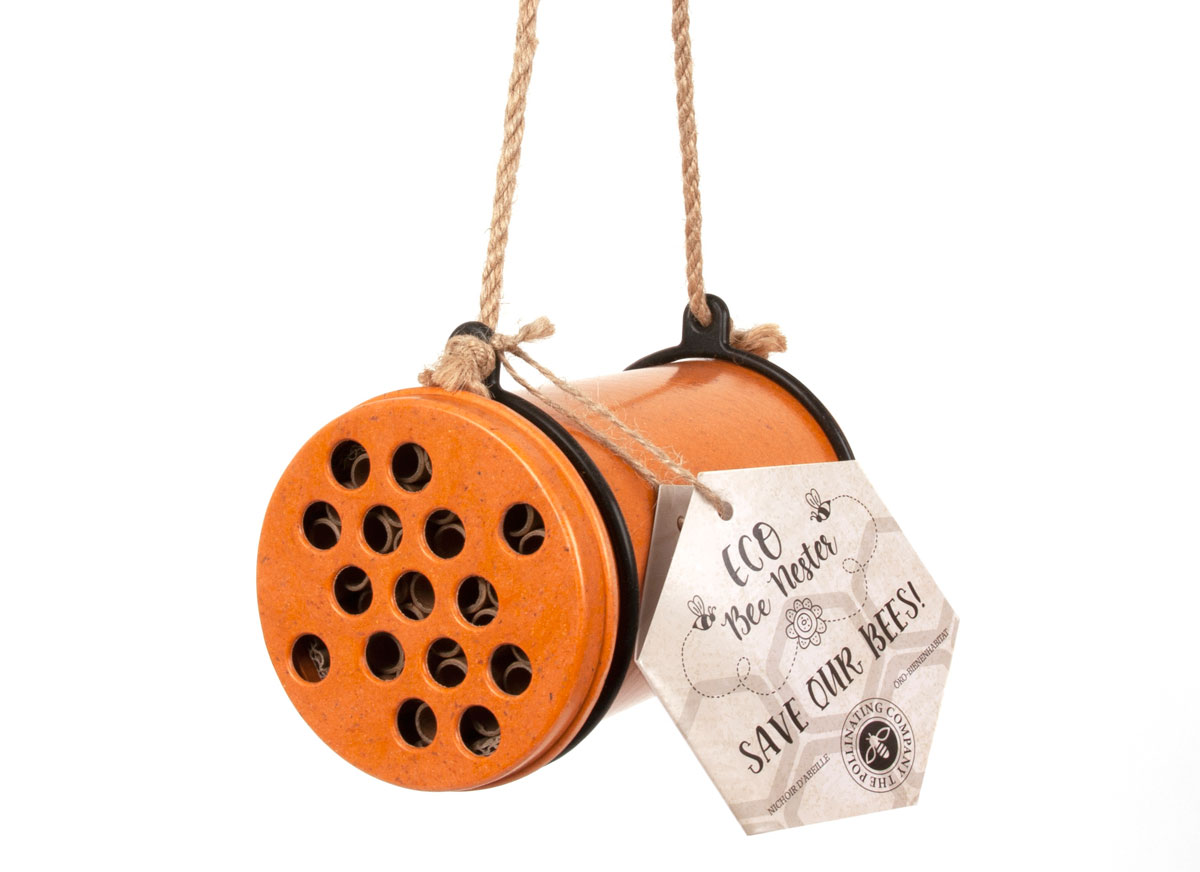What is pollination? – a resource for kids
Pollination is a very important part of the life cycle of plants. Insects, birds, bats and the wind take pollen between flowering plants, which means the plants can make seeds and reproduce (have babies!). The video and pictures below show how.
Pollinator video
Pollination: how insects help plants to make seeds
1.
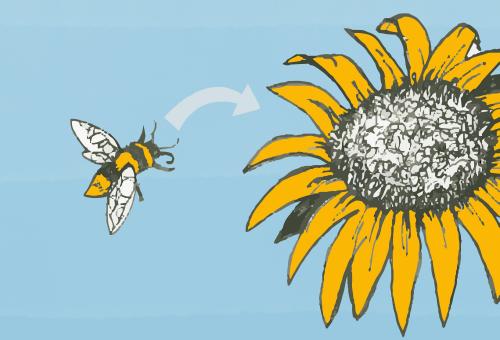
“The bright colours and smell of that flower tell me that it's got the sugary nectar I love to eat and the pollen I feed to my kids. Yum!”
2.

“Om nom nom. While eating at this flower some of the pollen has rubbed off on me by accident.”
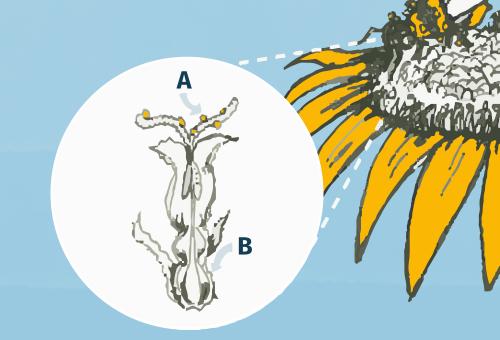
The bee flies to a new flower. At this other flower the pollen from the first flower will fertilise the egg cells to make seeds.
A: Pollen enters the flower here
B: Egg cells are fertilised by pollen and grow into seeds

Other types of pollination
It's not only insects that pollinate plants. Birds, bats and the wind can also take pollen between plants.

